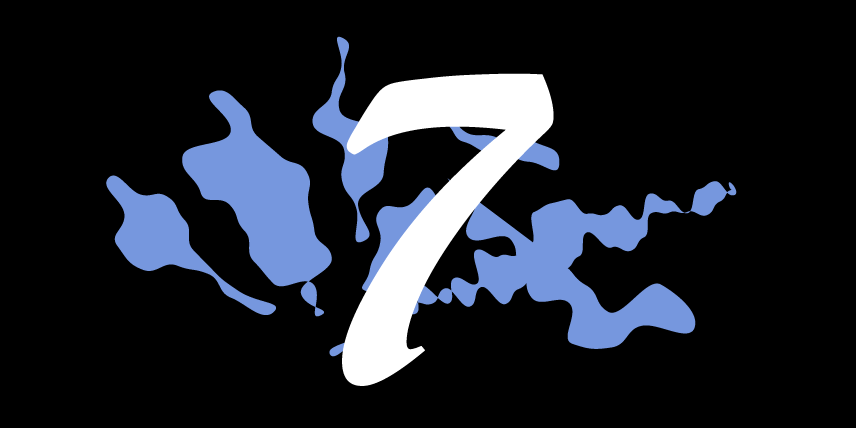A year has passed since the previous written update to this website, which is cause to reflect on the work that has been done in the intervening months. Leaving aside improvements in the look of the site and working out how to make things work nicely, I have added six lists since the initial Seven Worthies. These run the gamut from “common knowledge” to “fairly obscure” and have been chosen based on nothing more substantial that whatever happened to take my fancy at that particular moment.
Starting with the oldest, first up is The Six Schools of Sima Tan, which gives a nice classification of some early schools of Chinese philosophy. The Four Roles of Chinese Theatre covers the broad classification of roles in what is often known in the English speaking world as Peking opera, though of course this is only one manifestation of a tradition known throughout China and going back centuries.
Going back to Chinese philosophy, or perhaps religion depending on your point of view, is the Eight Trigrams: the term that is very well known but I realised I couldn’t name a single one before researching for the list. Taking the prize for the most obscure, is the Nine Tribes of Confucius. It comes from a passing comment from the big man himself, who talks about how his very presence among the Nine Tribes (from context, probably synonymous with barbarism) would bring them to a cultured state. It’s hard not to begrudge/admire the towering self-confidence that produced such a statement, but Confucius would probably protest his humility and claim merely to be transmitting what he had learnt from the great sages of the past. Probably nobody needed these tribes naming, but I was curious.
Back to more well-trodden ground is the Four Books of Zhu Xi: again, these are frequently referred to as a formulation, but I wasn’t completely solid on what they were, other than being Confucian classics, so it was nice to get them straightened out. Finally, and most recently, I have been getting back into the Hong Lou Meng. The list that is still in the works is naming the “12 beauties of Jin Ling” who feature in the story, but as a warmup David Hawkes in the introduction to his excellent translation explores the five names for the work. Listing them is quite a nice way in to the themes of the story, so I hope you enjoy the Five Names for the Hong Lou Meng.

